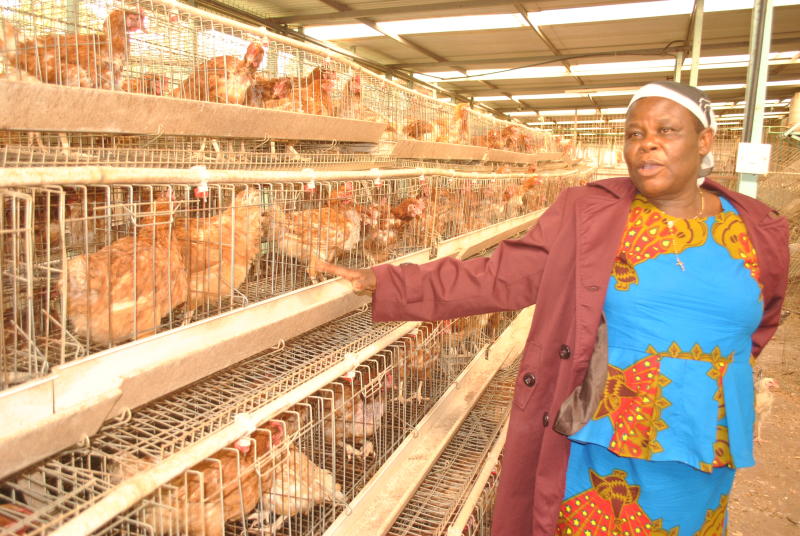×
The Standard e-Paper
Kenya’s Boldest Voice

A project to promote indigenous chicken by the Kenya Agricultural Productivity Project (KAPP) in 2011 proved to be a turning point for Mary Muhatia, a widow from Lirhanda village, Kakamega County.
Mrs Muhatia started poultry farming in 2003 with four indigenous birds. She later bought 50 broilers of which 30 died.